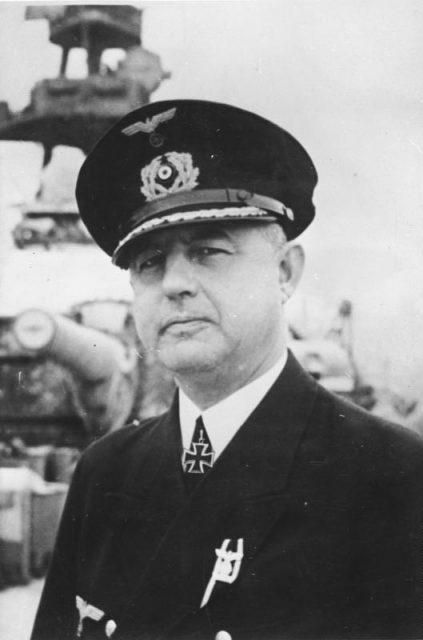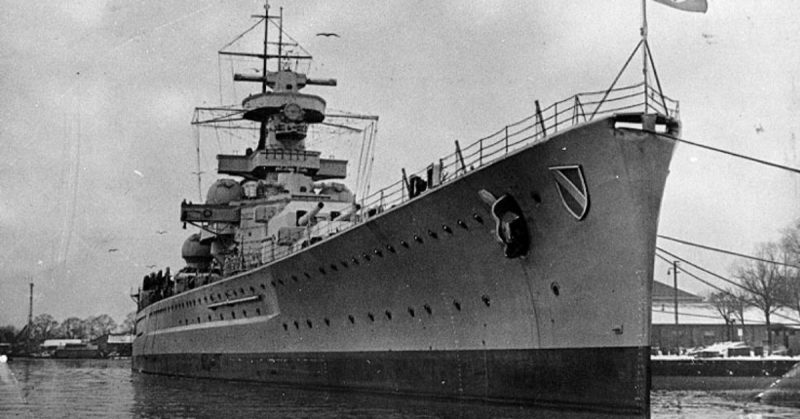Nazi Germany’s navy, known as the Kriegsmarine, possessed in its arsenal some of the most impressive ships of its time. German engineers managed to manufacture some of the biggest battleships of the war in an effort to challenge the naval supremacy of the superpower that was the British Empire.
While the Bismarck or Tirpitz usually grab the spotlight when it comes to the pride and joy of the Kriegsmarine, if the truth be told then other capital ships, such as the Scharnhorst, had an equally significant role in the days of bloody naval warfare during WWII.
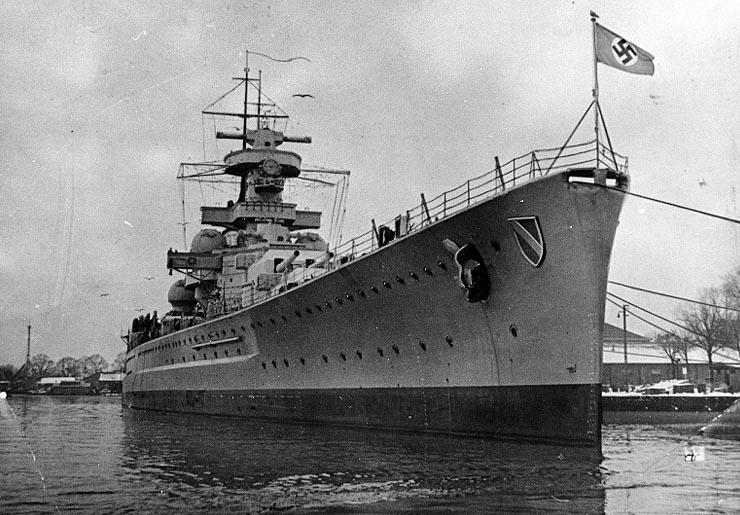
Manned by a crew of 1,968, the Scharnhorst reaped fear during its years of patrolling the northern Atlantic. It took on British battleships as well as Allied merchant vessels with the ferocity of a hungry beast.
Armed with a main battery of nine 28 cm (11 in) C/34 guns, which were positioned in its three massive turrets, the Scharnhorst operated together with its sister ship, the Gneisenau during most of its service.
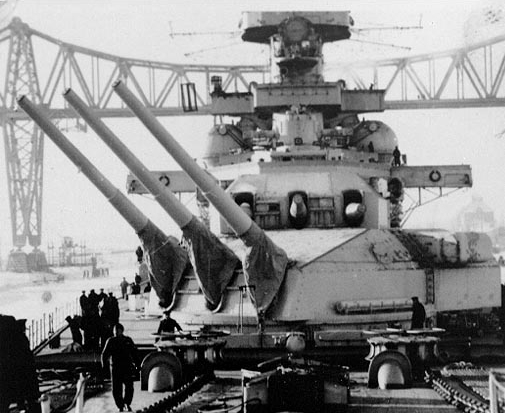
Apart from sinking merchant ships with a single barrage, the Scharnhorst played a supporting role during the invasions of Norway and Denmark.
On April 9, 1940, the Scharnhorst and Gneisenau were faced with a British squadron of nine destroyers, led by HMS Renown off the coast Lofoten, Norway. During this engagement, both ships suffered significant damage, with the Scharnhorst losing its entire frontal turret.
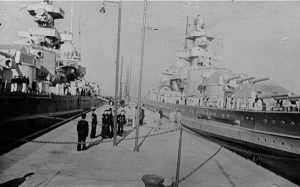
Nevertheless, the Scharnhorst could take a lot of damage and still come up victorious. The massive battleship, which was 234.9 m (771 ft) long, was indeed a super-weapon in the northern seas.
Not long after its encounter with the Renown, the Scharnhorst managed to achieve one of the of the longest-range naval gunfire hits in history. Together with the Gneisenau, it managed to sink the British aircraft carrier the Glorious as well as its two escort destroyers: the Ardent and Acasta.
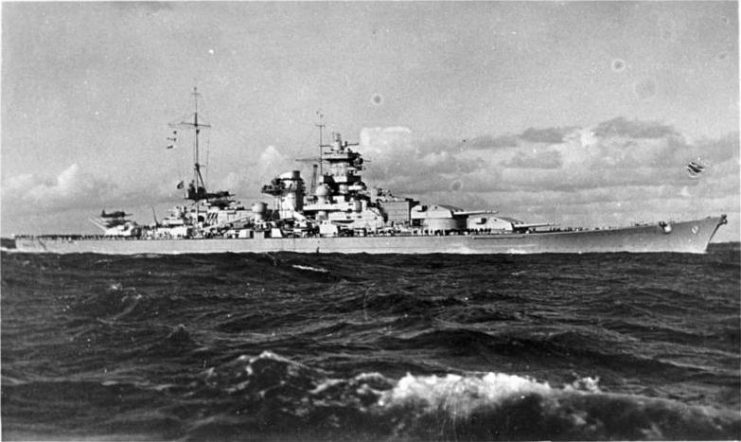
By 1942, the Scharnhorst had become well-known among the British servicemen as an opponent that always has the upper hand. The ship defended itself successfully against air raids on numerous occasion.
However, the situation on the Eastern Front had deteriorated so badly for the Germans by December 1943 that the High Command was forced to desperate measures.
While attempting to disrupt a shipping convoy that was headed to the USSR on the 26th of December, the Scharnhorst was met with a superior British naval force at North Cape, Norway, which included the powerful battleship the Duke of York, as well as a number of other cruisers and destroyers.
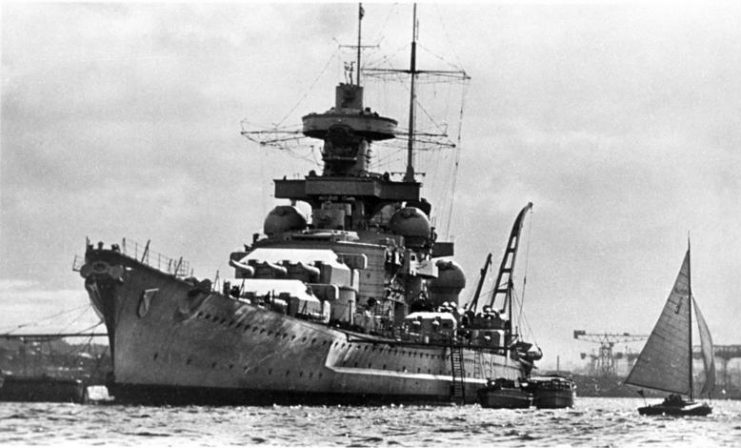
After a valiant battle, the German battleship succumbed to its wounds, taking the entire crew, along with Captain Fritz Hintze, to a watery grave.
After the battle, Admiral Bruce Fraser of the British fleet addressed his crew and honored his enemies:
Gentlemen, the battle against the Scharnhorst has ended in victory for us. I hope that any of you who are ever called upon to lead a ship into action against an opponent many times superior will command your ship as gallantly as the Scharnhorst was commanded today.
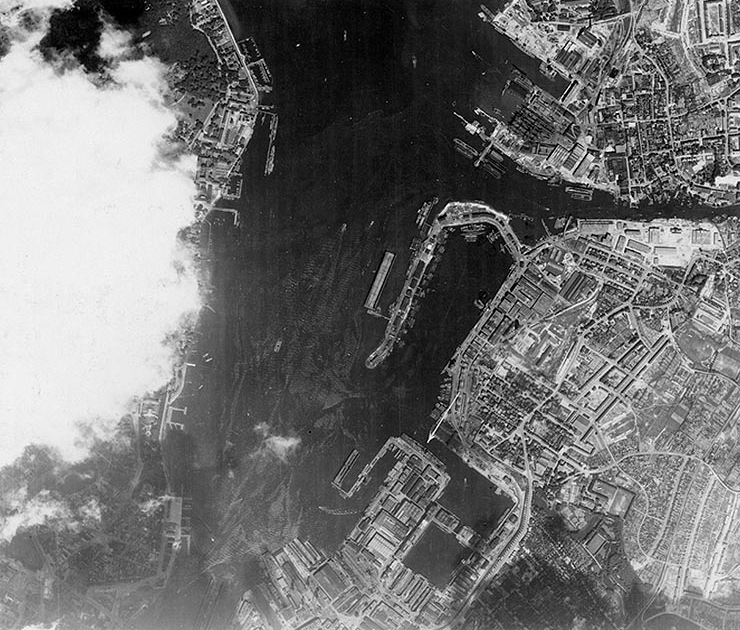
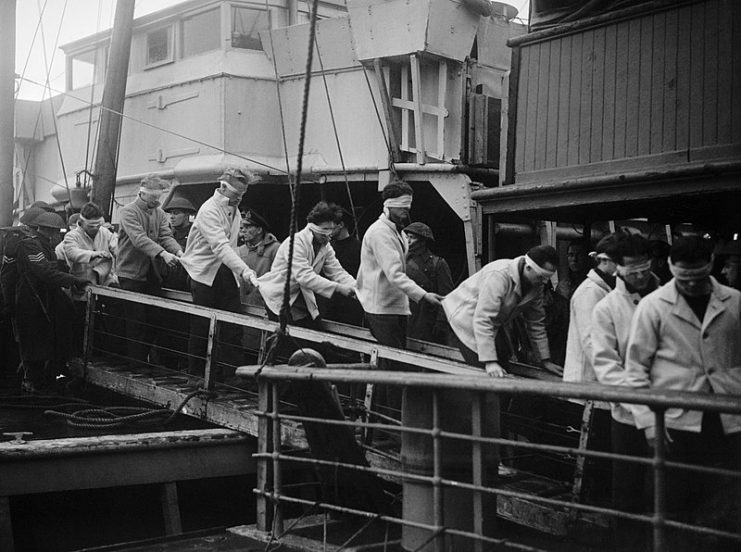
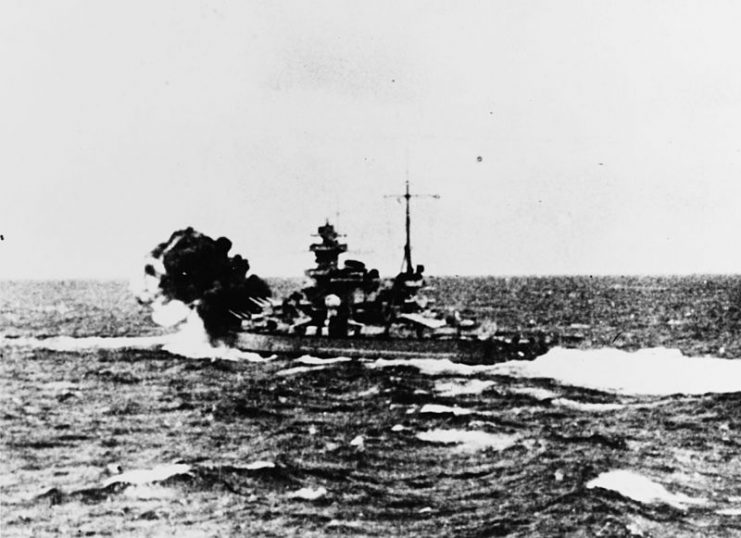
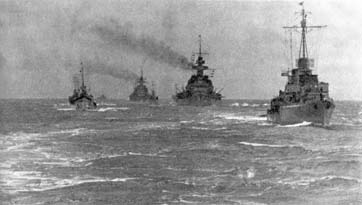
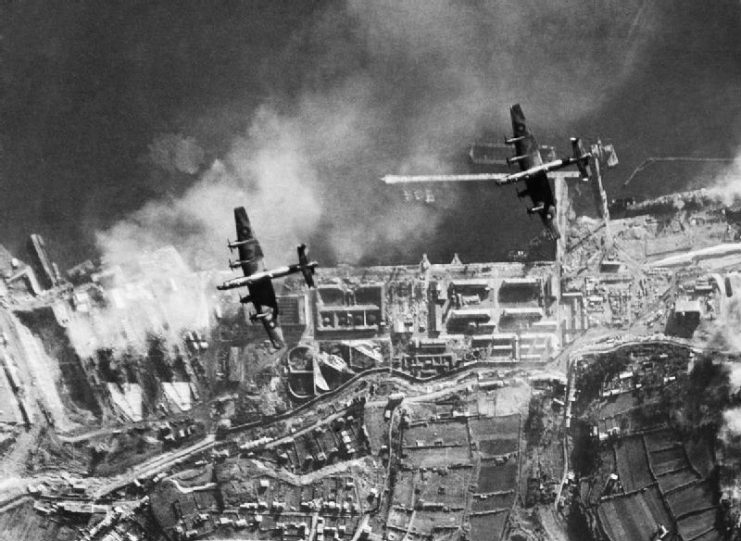
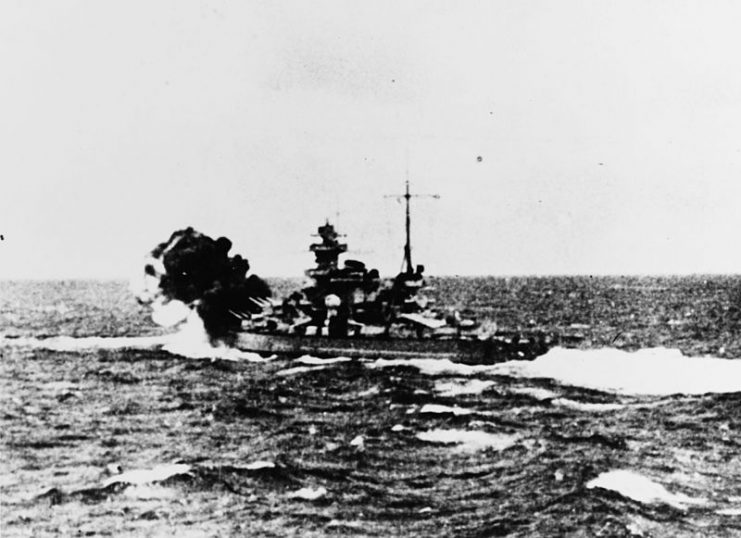
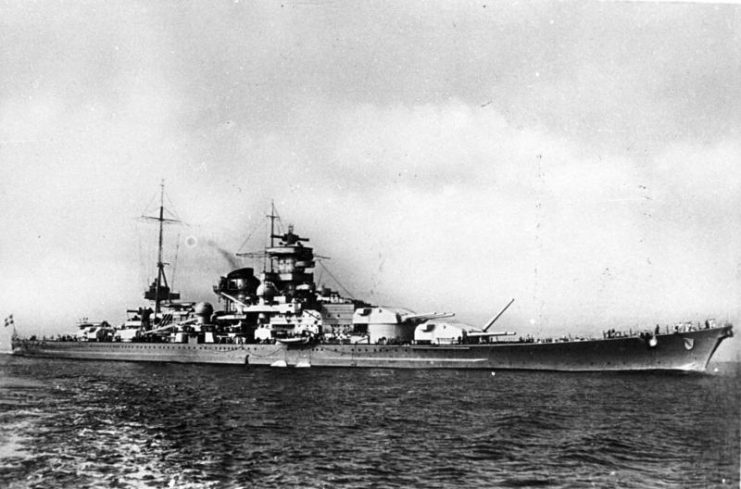
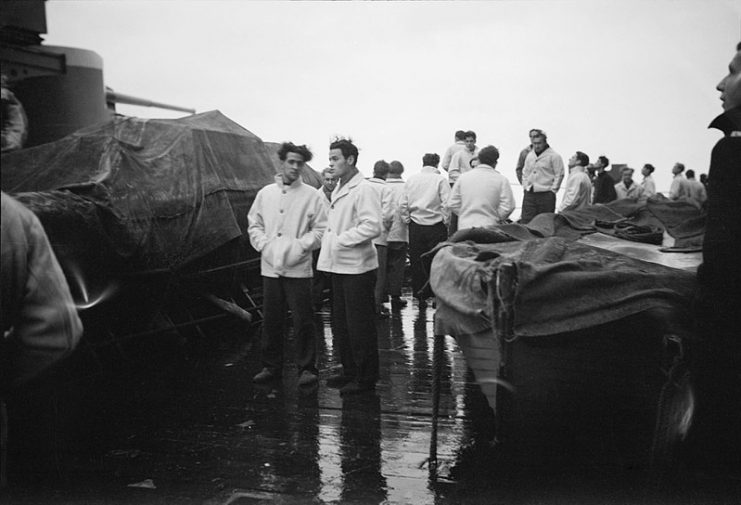
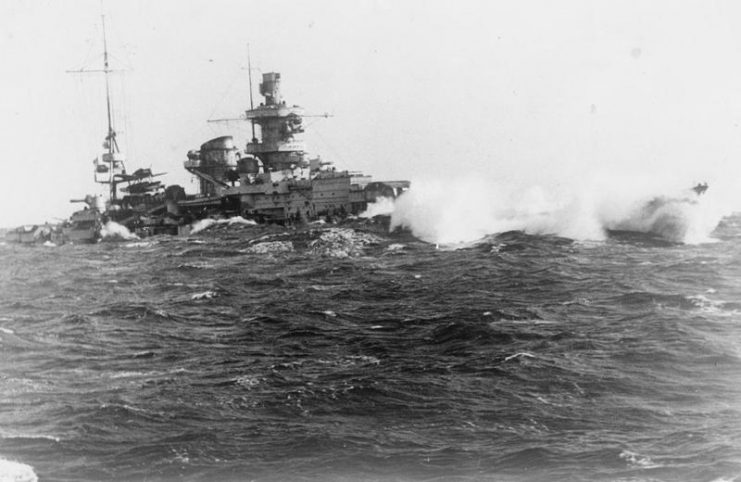
Read another story from us: Great German Raider – Expedition of the Battleship Graf Spee
